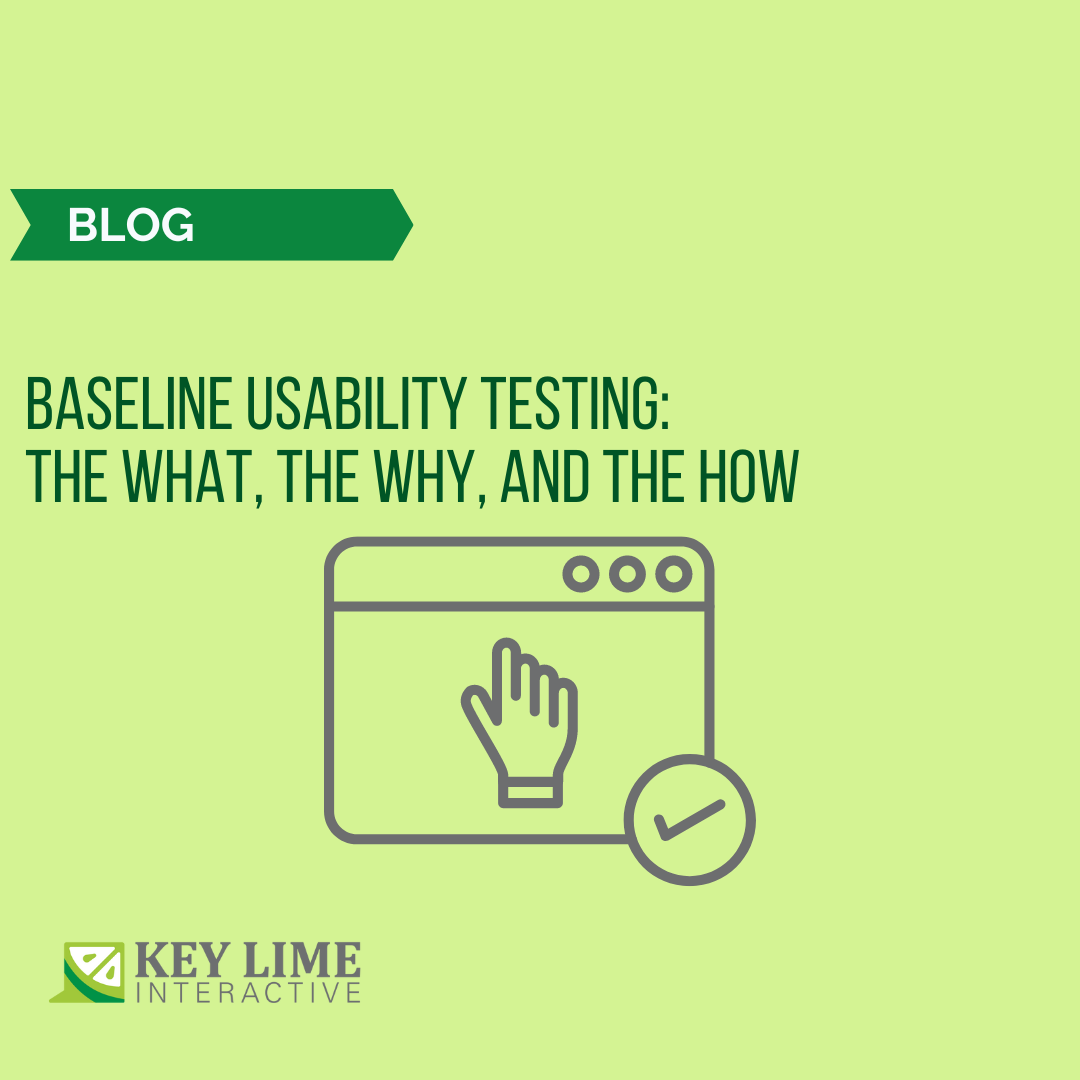
“If the user can’t use it, it doesn’t work.” - Susan Drey
Dr. Susan Drey’s quote in the title of this blog says it plainly: a product has to work for users to, well, use it. Sadly, it is not hard to imagine the worst-case scenario for a product team: realizing that this thing they’ve spent countless hours designing doesn’t work for users.
As a UX researcher, you might feel the instinct to jump straight into a redesign—though that's rarely the right solution. Your role involves stepping back and ensuring your team focuses on the right problems. One effective way to do this is through baseline usability testing. Below, we’ll cover what baseline testing is, why it’s important, and some key strategies to help you maximize its effectiveness.
What is Baseline Usability Testing?
Baseline usability testing is a structured way to evaluate a product's usability. You recruit representative users to perform tasks or scenarios within your product, closely observing their interactions and collecting feedback. The goal is to establish a usability baseline, identifying key improvements to prioritize in future iterations. When done well, baseline testing also gives you a deep understanding of user mental models, highlights pain points, and guides data-driven improvements to the overall user experience.
Why is Baseline Usability Testing Important?
Baseline testing answers one simple but crucial question: Can users actually use it? That alone is a strong reason for testing, but consider these additional benefits:
-
Spot Usability Issues Early: Conducting baseline testing early in the development process helps you catch and address usability issues before they become costly problems.
-
Validate Design Assumptions: What seems intuitive to your design team might not match up with how users think. Baseline testing uncovers whether your design aligns with user expectations and mental models.
-
Adopt a User-Centered Approach: By involving real users, baseline testing ensures your product is not only functional but tailored to meet user needs, preferences, and expectations—leading to higher satisfaction and loyalty.
-
Collect Quantifiable Data: Baseline testing generates quantifiable data through usability metrics like task success rates, time on task, and error rates. This data helps track improvements in subsequent iterations.
-
Enable Informed Decision-Making: Baseline testing provides actionable insights for prioritizing design changes based on user feedback, transforming your design process into a data-driven one.
How to Conduct a Baseline Usability Test
Key strategies can make your baseline testing more effective and impactful. Here’s how:
-
Clarify Objectives and Scope: Before you begin, define the objectives and scope of the study. What do you want to achieve? Which aspects of the product's usability are you focusing on? Clear goals will guide your research process and help the team stay on track.
-
Craft Realistic Tasks: Ensure the tasks users complete during testing reflect actual interactions they would have with your product. Clear, concise tasks mirroring real-world usage provide the most useful data.
-
Define Metrics: Set clear parameters for measuring outcomes. If measuring time on task, explicitly define start and stop actions. For success rates, decide what counts as success—is it reaching the endpoint, or must users follow a specific path?
-
Include Qualitative Feedback: Combine quantitative metrics with user feedback. Gathering users’ thoughts, expectations, and impressions adds valuable context, leading to more effective product decisions.
In Conclusion
Baseline testing is a powerful tool for enhancing usability. By using this method effectively, you ensure that your study provides meaningful insights, informs design decisions, and ultimately results in a more user-friendly product.
At Key Lime Interactive, our expert researchers are ready to help you discover dynamic solutions that deliver well-designed products and services for your customers. Contact us today to see how we can support your research needs.









Comments
Add Comment